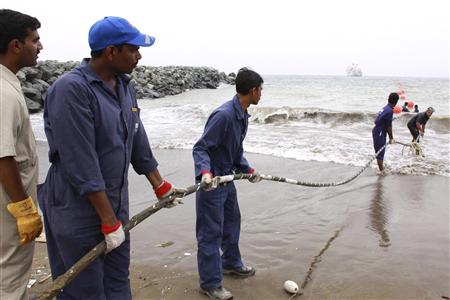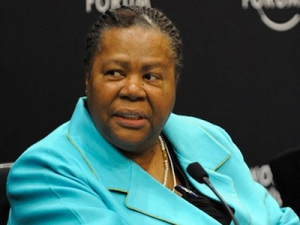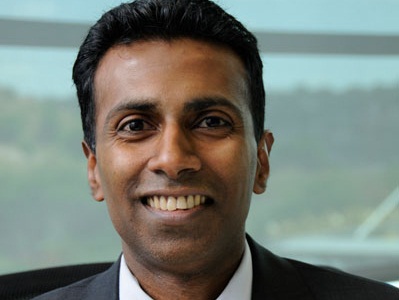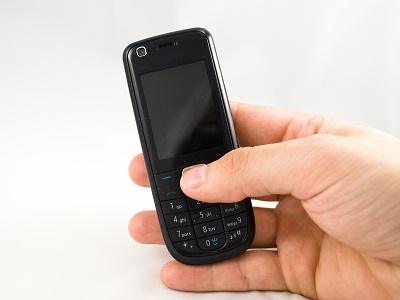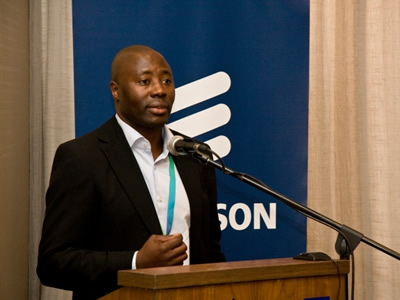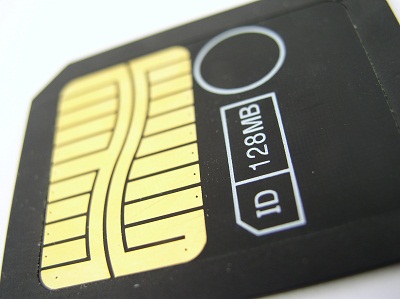Last week I had the privilege of interviewing Dr. Bitange Ndemo, the permanent secretary of the Ministry of ICT in Kenya. He explained how Kenya is very close to being linked to all of its neighbors, and how the national backhaul system is fully operational. In a country with such massive economic and social disparity, I am hopeful that Ndemo’s efforts to bring ICT services to all of Kenya will serve as a catalyst for stability and equality of opportunity.
To where are Kenya’s cables extending?
Kenya has the most extensive backhaul terrestrial system, and they are reaching out to adjacent countries. According to Ndemo, Kenya has three cables into Tanzania, as well as three cables into Uganda. Some of these cables make up part of the East African Backbone system, which also includes Rwanda and Burundi, and cables from Kenya to those nations are still under construction. Laying the connecting cables has been more difficult for Burundi, since this is a new experience for them and they have lower capacity in this space.
Ndemo also confirmed that there are current discussions and plans to bring fiber to South Sudan, though no construction is currently underway. There is only 60 kilometers between Kenyan cables already laid and the South Sudan border.
The possibility of connecting Somalia, however, is contingent on the political situation. Though Kenya has a microwave only 2 kilometers from the border of Somalia in the state of Mandera, they will not bring the connection across without complete assurance that there will not be privacy infringements. Both of these nations are quite close to being a part of the East African Backbone system.


